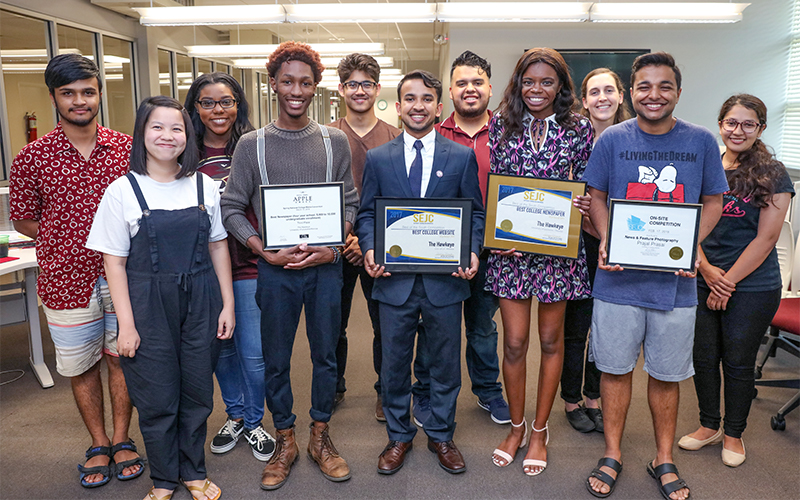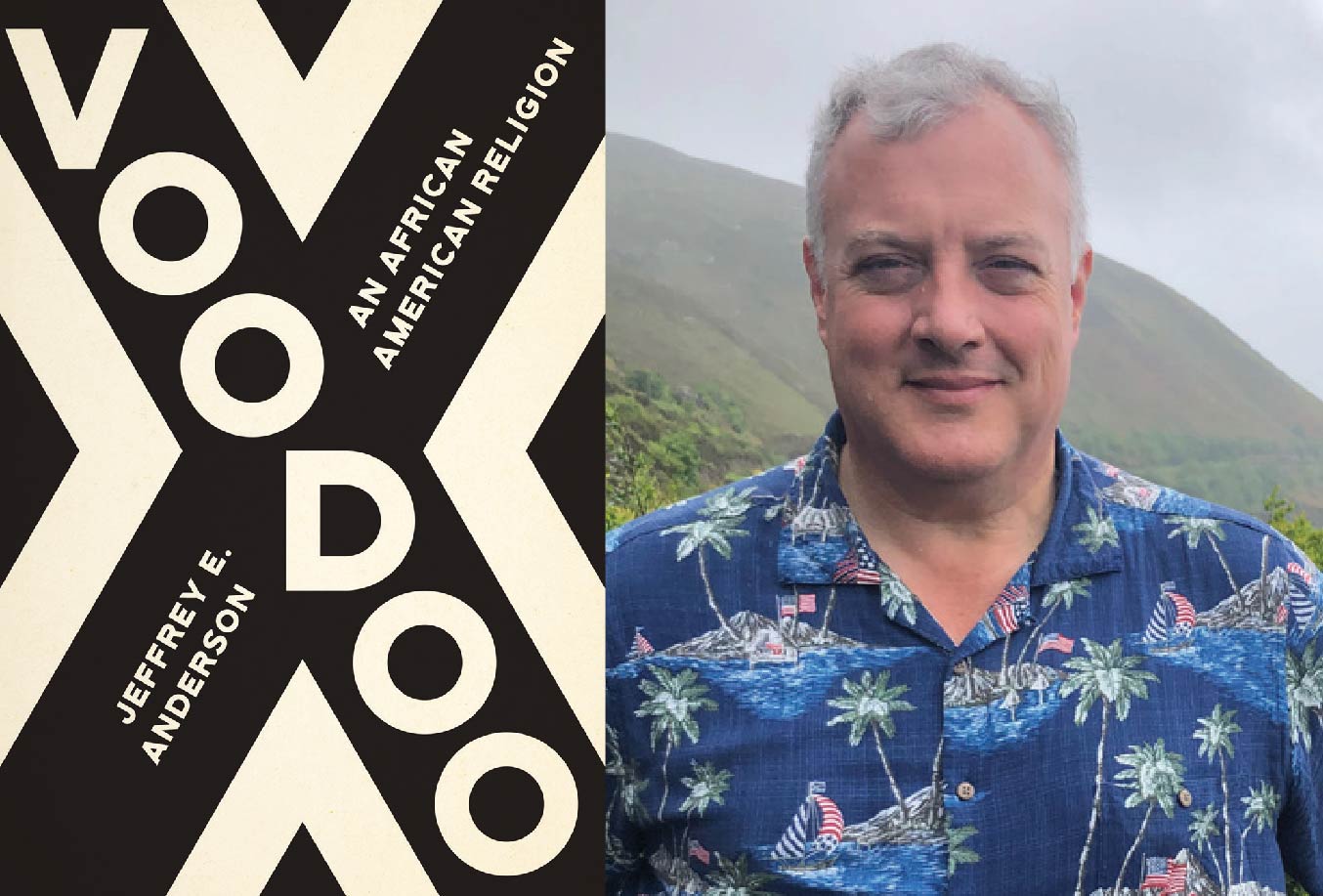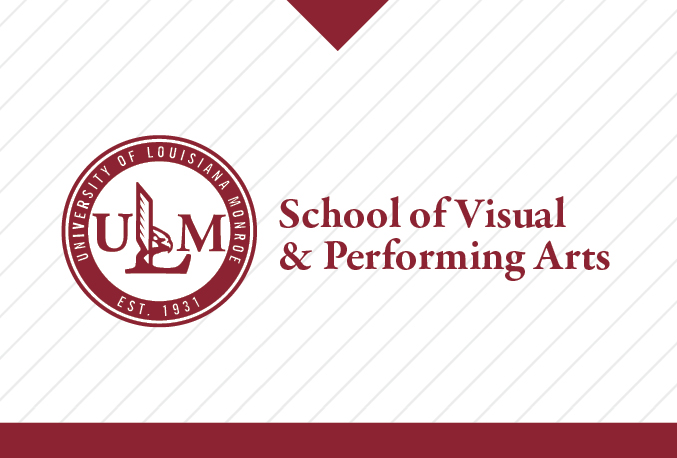


The Communication Program offers students the option of three concentrations: Communication Advocacy, Integrated Media, and Public Relations.
The Communication Advocacy concentration is designed for students who are interested in adopting, developing, and implementing diverse sets of communication strategies designed to address injustices in the world. Students focus on learning research skills and applying that information to what and how changes can be made in numerous contexts. This concentration provides the tools for competent writing, speaking, leadership, and critical thinking. Students who choose Communication Advocacy often work for non-profit organizations, NGOs, healthcare organizations, or churches.
The Integrated Media concentration sits at the intersection of digital media and journalism. Courses in this concentration are designed to help students meet current demands in the field of mediated communication. Students will learn to identify different practices and elements of media design, learn research and writing skills essential in both long and short formats, and develop skills in basic video production and editing. Students who choose Integrated Media often work for media outlets such as television stations and news papers, and for companies needing to develop and maintain their online and social media presence.
The Public Relations concentration prepares students to cultivating two-way relationships and communication between an organization and its various publics. Students explore theories and concepts that underlie PR practice, the ethics of PR practice, and skills in writing, research methods, problem-solving, and communicating visually and verbally through a wide variety of media for diverse PR purposes. Students who choose Public Relations typically work as a PR representative for corporations, non-profit organizations, or governmental institutions.
Making sure your program is the right financial investment is an important part of the search process.
COST & FINANCINGStudents in Communication are required to complete an internship either on campus, off campus or virtually. These experiences provide valuable work experience and can lead to a full-time job after graduation.
Our student-faculty ratio is 15-1, which means faculty can mentor and work closely with our majors.
Communication students complete 24 hours in the communication core to establish a strong foundation in the discipline, then choose one of our three concentrations so they can focus on the aspect of the discipline they find most interesting.
Communication students are presented with a variety of ways to get involved and put to work what they learn in the classroom. From service and experiential learning in our classrooms, to writing for the Hawkeye, or becoming a member of the Public Relations Student Society of America (PRSSA), there are lots of opportunities. Communication students also have the opportunity to present research at local and regional conferences, showcase their public speaking prowess at events such as the Elevator Pitch Competition, and earn spotlights on our social media outlets.
Students and parents often worry about finding a job after graduation, and Communication skills are consistently cited as essential in corporate, non-profit, and health industries. Our students find jobs in every sector of the working world.
The Communication Program maintains two computer labs with editing software, a facility that houses the Hawkeye and the Chacahoula, and a studio for capturing a variety of integrated media needs.
Many of our students graduate and go directly into the workforce, but other choose to pursue a graduate degree in communication, law, business, or marketing.
Here are a few of the top careers in this field:
- Media Designer & Developer
- Multimedia Writer/Reporter
- PR/Publicity Manager
- Communications Officer
- Media Relations Officer
- Event Specialist
- Crisis Interventionist/Conflict Resolution Specialist
- Campaign Developer/Worker (Social Justice, Environmental, Corporate)
- Legal, Political, or Health Advocate
All Communication majors complete a 24 hour core in Communication plus a 21 hour concentration.
The communication core includes COMM 1018: Interpersonal Communication, COMM 2001: Public Speaking, COMM 2010: Writing for Professional Communicators , COMM 2020: Visual Literacy, COMM 2040: Web Media Design, COMM 4050: Communication Theory, COMM 4000: Communication Ethics, COMM 4090: Internship and COMM 2009 or 2090: Evidentiary Speaking OR Practicum.
Communication Advocacy students take COMM 2044 : Organizational Communication or COMM 2060: Small Group Communication, COMM 3005: Performance Advocacy, COMM 3010: Communication and Conflict, COMM 3030: Persuasion, COMM 3042: Communication & Gender, COMM 4004: Intercultural Communication, and COMM 4052: Contemporary Criticism.
Integrated Media students take COMM 2002 Media Performance, COMM 2052 Video Production, COMM 3012 Integrated Media Design, COMM 3048 Writing for Integrated Media I, COMM 3049 Writing for Integrated Media II, COMM 4032 Media Project Development, COMM 4072 Media Analysis and Criticism.
In addition to the Communication core and concentration courses, students have 30 remaining credits that may used to complete a second concentration, a minor, or to take electives from various disciplines of interest.
ULM hosts its own chapter of Lambda Pi Eta, the official communication studies honor society of the National Communication Association. The goals of Lambda Pi Eta are to: 1) recognize, foster and reward outstanding scholastic achievement in communication studies; 2) stimulate interest in the field of communication; 3) promote and encourage professional development among communication majors; 4) provide an opportunity to discuss and exchange ideas in the field of communication; 5) establish and maintain closer relationships between faculty and students; and 6) explore options for graduate education in communication studies.
The mission of the ULM chapter of the Public Relations Student Society of America is to serve its members by enhancing their knowledge of public relations and providing access to professional development opportunities, as well as to serve the public relations profession by helping to develop highly qualified, well-prepared professionals.
The ULM Speech and Debate Forum offers experiences in both speech and performance. We also publish a Traveling Scholar series and the Bill and Linda Rambin public debate forums. these series create opportunity for students, faculty, and the community to engage with experts in the discipline. Students can compete in two styles of debate: International Public Debate Association (IPDA) and National Parliamentary Debate Association (NPDA). Students may also compete in any or all of the American Forensic Association (AFA) speech events. Membership is open to all regularly-enrolled undergraduate students at ULM.
If you’re looking for a way to get involved, reach out to one of our faculty members.
Learn more about financial aid options: https://www.ulm.edu/financialaid/
Learn more about scholarship opportunities: https://www.ulm.edu/scholarships/



